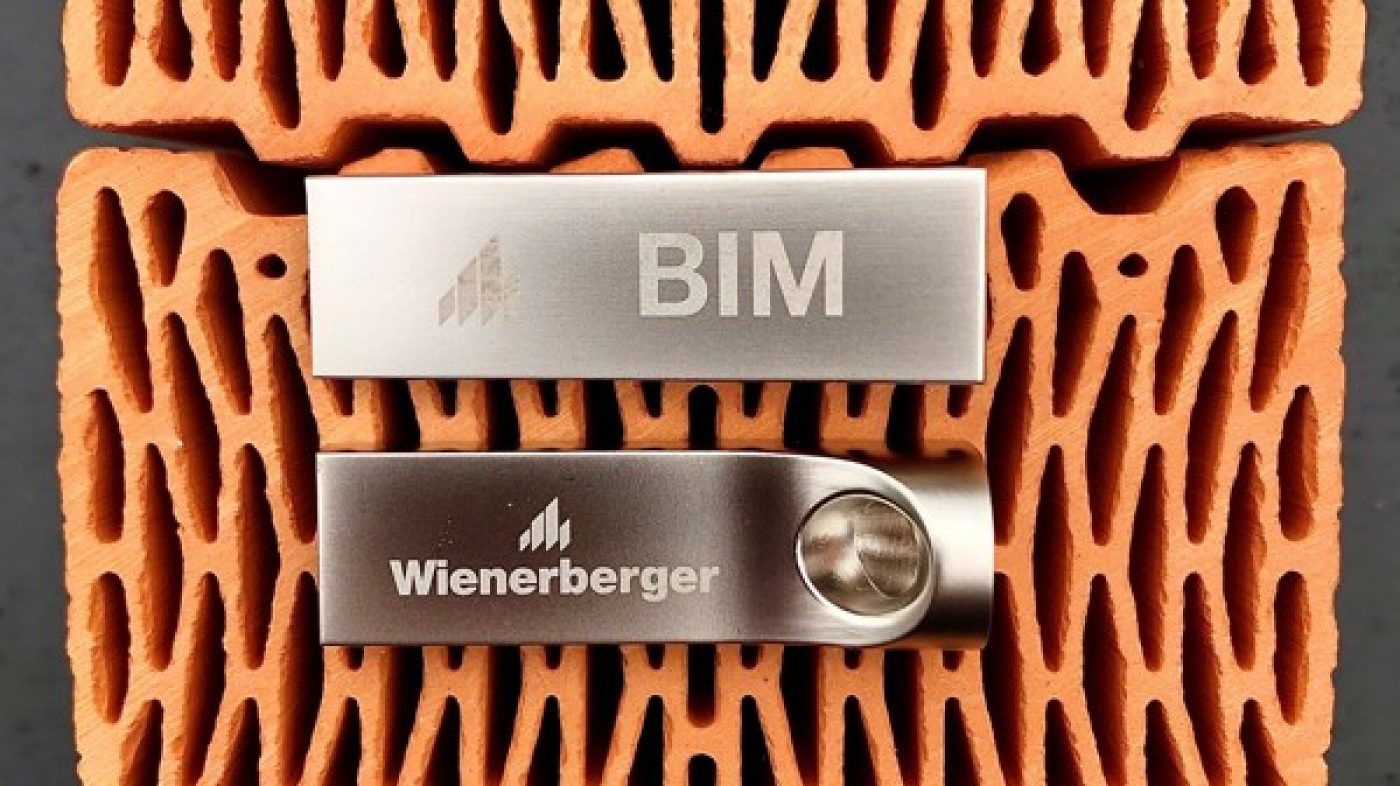 © Praewpailin Phonsri
© Praewpailin Phonsri
BIM live in practice
Digitalization success stories from the wienerberger World
 © Praewpailin Phonsri
© Praewpailin Phonsri
Digitalization success stories from the wienerberger World
The wienerberger Group, as a frontrunner of the building industry in terms of digitalization and BIM, provides BIM solutions and services in 30 countries. Learn more in detail about the Success Stories from wienerberger Czech Republic and UK in this article.
Digitalization in the construction world is booming and will rapidly further transform the industry. wienerberger as a market leader is driving these efforts in order to create advantages from digitalization for all stakeholders.
Examples of how wienerberger is improving the customer experience and collaboration between stakeholders are visualizations/calculations based on drone measurements, linking built reality with virtual reality, new ways of building with robotic equipment, 3D printing, and many more.
We not only digitalize existing processes to do the same thing better, we are rethinking and redesigning the processes.
“We not only digitalize existing processes to do the same thing better, we are rethinking and redesigning the processes by implementing new value-adding capabilities along the building journey and the value chain, and so we are improving the way how business is done,” explains Mathias Deleu, Head of Customer Engagement.
BIM at wienerberger is much more than “Digital Models”. As a provider of building materials and infrastructure system solutions, wienerberger is supporting its stakeholders along the entire building life cycle. (More on Wienerberger’s Strategy)
“As a manufacturer, we need to provide accurate product and BIM object data, including geometry and structured data, so that our stakeholders are well-informed and can make the best decisions,” says Mathias Deleu.
All starts with accurate wienerberger product data securely available in the interoperable way required: format, structure, level of detail, and the required standard. Everything to meet the needs of distribution partners, designers, architects, engineers, contractors, their clients, and asset managers.
wienerberger, however, goes one step further by moving from object-oriented building models in 3D to 5D BIM. This incorporates time and budget planning, which ensures better specifications, increases resource efficiency, reduces mistakes, and improves overall operations.
For wienerberger UK, BIM is about having defined processes for all projects and being able to provide accurate and structured data linked with the 3D geometry of all wienerberger products. In 2016, after the UK Government mandate for the use of BIM Level 2 on all centrally funded projects came into effect, wienerberger UK started the adoption of BIM as the standard methodology for delivery of projects within its Built Environment department.
wienerberger UK has now aligned all internal processes with the ISO 19650 series. This supports a fully co-ordinated and collaborative approach towards its projects. wienerberger UK has been certified according to ISO 19650 BIM, with all BIM objects bearing the BSI Kitemark quality seal.
wienerberger UK goes one step further and offers its customers a full-range service along the building process with its Architectural & Urban Design studio. The studio based in Manchester, UK, was founded in 2016 with a varied portfolio including mixed-use developments and residential schemes for private and commercial clients. The Architectural & Urban Design studio provides a full range of services and outstanding solutions in the field of architecture, BIM, visualisation, planning and urban design. Read more on the Architectural & Urban Design studio.
The Czech BIM strategy is not solely focused on offering BIM solutions, but aims to make the designers’ life easier overall. Therefore, the effective product and system data transfer between wienerberger and the design teams has been enhanced in order to be fully BIM eligible and a BIM software plugin has been developed.
This tool has already enabled hundreds of designers during the last two years to import product information on Porotherm, Tondach and Semmelrock into their projects. Moreover, the BIM Plugin also offers product data of other suppliers in order to provide wienerberger clients with all the building materials they need.
Based on customers’ feedback, wienerberger Czech Republic continuously optimizes the product data organization, inside logic and BIM libraries visualization. The tool provides more than just BIM data, it offers CAD construction details, instruction for the design of roofing underlays or internal calculations for water condensation based on the Czech standards and regulations. More information can be found here (in Czech language): BIM plugin for archicad-revit.

Digitalization and the use of advanced technologies improve the construction process in all phases of a project. With BIM, we optimize processes throughout the asset's lifecycle, from design to operation and maintenance of a construction project. The benefits of using BIM vary, depending on the role, project stage and information required during the construction process.
wienerberger fully supports collaboration between all our architects, engineers, planners, developers, facility managers, etc. by providing accurate product data in the interoperable way required and, where available, our Common Data Environment.
“wienerberger fully supports collaboration between all our architects, engineers, planners, developers, facility managers, etc. by providing accurate product data in the interoperable way required and, where available, our Common Data Environment. In this way, we are moving into Building Information Management, which is about the process, and the collaboration framework in the construction process with a single source of truth during the project lifetime,” explains Mathias Deleu.
The wienerberger Group will continue to realize its vision of enhancing the customer experience by means of digitalization and BIM in all 30 countries.
You would like to learn more about BIM? Read the interview with Karina Breitwieser, researcher & digitalization consultant at TU Vienna.
Click to learn more
Click to close